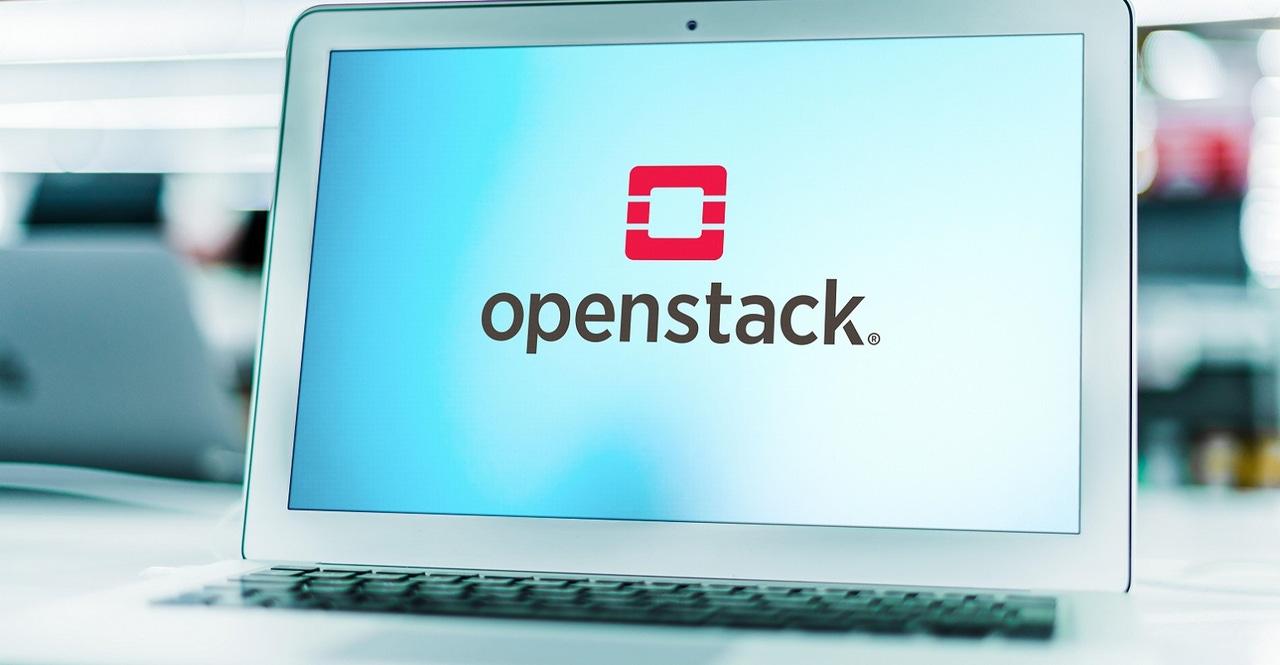Why Cloud Computing Trends Suggest a Bright Future for OpenStackWhy Cloud Computing Trends Suggest a Bright Future for OpenStack
There are several reasons why OpenStack could enjoy a resurgence of interest and, possibly, increased adoption.

By some measures, OpenStack is akin to the iPod: a technology that was once massively popular but whose heyday has seemed to pass.
Unlike the iPod, however, OpenStack hasn't been discontinued. On the contrary, OpenStack remains alive and well as an open source project — and arguably, it has a particularly bright future at the moment, given trends in cloud computing that may encourage more organizations to consider building private clouds using OpenStack.
Keep reading for a look at the state of OpenStack and what the future might hold for the venerable open source private cloud platform.
What Is OpenStack?
For the uninitiated, OpenStack is an open source infrastructure platform designed to construct private clouds. OpenStack lets organizations combine physical servers into pools of virtual resources that they can then use to deploy virtual machines or containers.
Released back in 2010, OpenStack was once among the latest, greatest trends in cloud computing. By the mid-2010s, however, the platform had begun to lag in popularity — or at least in public awareness — as more and more attention shifted to public cloud platforms, like AWS and Microsoft Azure. Unlike the public cloud, OpenStack requires organizations to purchase and manage their own physical infrastructure, which is arguably the main reason why it seemed less attractive than public cloud services that allow companies to get out of the physical infrastructure game altogether.
OpenStack Today: Alive as Ever
Despite the shift in mindshare toward public cloud, OpenStack didn't go away. On the contrary, the open source project that builds OpenStack is still churning out new releases on a reliable schedule and receiving thousands of code commits from a variety of companies and individual contributors.
In addition, OpenStack is now fully Kubernetes-based, meaning that Kubernetes serves as the underlying orchestration engine. That makes OpenStack container-friendly and allows the platform to host both monoliths running in VMs and containerized, microservices-based apps. (For the record, you can do this with plain Kubernetes as well using solutions like KubeVirt, but supporting legacy apps alongside modern ones remains more of a niche use case for Kubernetes than it is for modern OpenStack.)
So, if you're wondering whether OpenStack is dead, the answer is a resounding no. By every serious metric — release frequency, active code development, corporate backing, and engagement with modern technologies and paradigms — OpenStack is doing as well as ever, even if relatively few people are paying attention.
Why OpenStack Adoption May Increase
I tend to think, too, that OpenStack is set to enjoy a resurgence of interest and, possibly, increased adoption over the next few years, for several reasons.
The multi-cloud trend
Multi-cloud architectures, which involve using multiple cloud platforms at once, have gone mainstream. You could even argue that they are now the default approach to cloud computing, with more than three-quarters of businesses using multi-cloud strategies.
That's good news for OpenStack because it means that rather than committing to a single cloud — which would mean, in most cases, using the public cloud alone — more organizations are likely to consider operating a private cloud based on OpenStack alongside public cloud environments. In this sense, the world has become more friendly toward OpenStack than it was back when single-cloud architectures were the norm.
Cloud repatriation needs
The cloud repatriation trend may also drive increased OpenStack adoption. As more companies seek to move workloads out of the public cloud and back to their own data centers, constructing private clouds based on OpenStack to host the repatriated workloads will be an obvious proposition in some cases.
Growing ease of use for OpenStack
OpenStack adoption has long been complicated by the fact that the platform is very complex and difficult to administer. But there are signs that that is changing. Canonical recently unveiled a new OpenStack offering, called Sunbeam, that promises to simplify OpenStack setup and management.
It's too soon to say how many companies might decide to take OpenStack more seriously thanks to simplified distributions like Sunbeam. But if Canonical or other vendors do manage to improve OpenStack usability, one of the key traditional objections to OpenStack adoption — that it was too hard to operate — will go away.
Committed vendor support
Last but not least, it's worth noting that vendors have remained surprisingly committed to OpenStack even as general interest in the platform receded. Open source software vendors Red Hat, Canonical, and Mirantis, as well major telco providers like Ericsson and NEC, continue to support the project.
That's a sign that although OpenStack may not make many headlines these days, vendors continue to see a large enterprise market for it. It also makes it that much easier for businesses to choose to adopt OpenStack, since they do not need to worry much that the ecosystem surrounding the platform will die or that its major backers are likely to abandon the project.
Conclusion
You may not hear much about OpenStack these days, but that's not because there is little to say about the platform. OpenStack remains very active, and recent trends in cloud computing writ large suggest that its future may be brighter than at any point in the past decade.
Read more about:
Data Center KnowledgeAbout the Authors
You May Also Like








.jpg?width=700&auto=webp&quality=80&disable=upscale)
